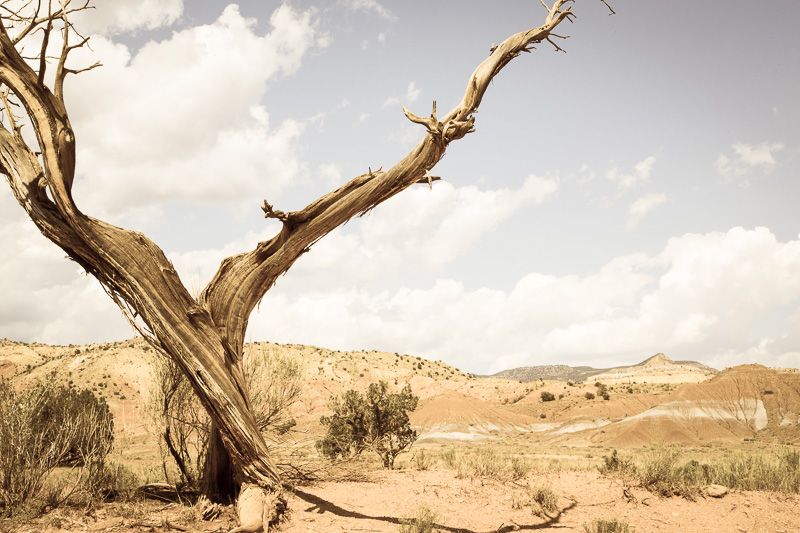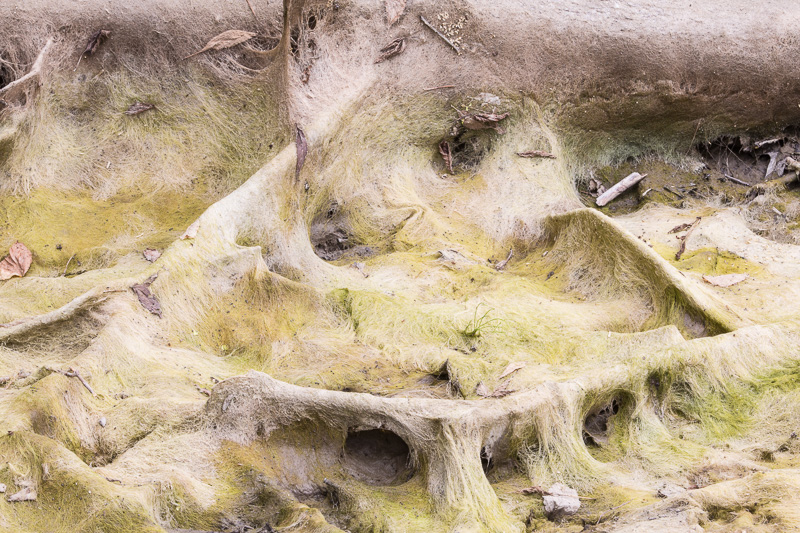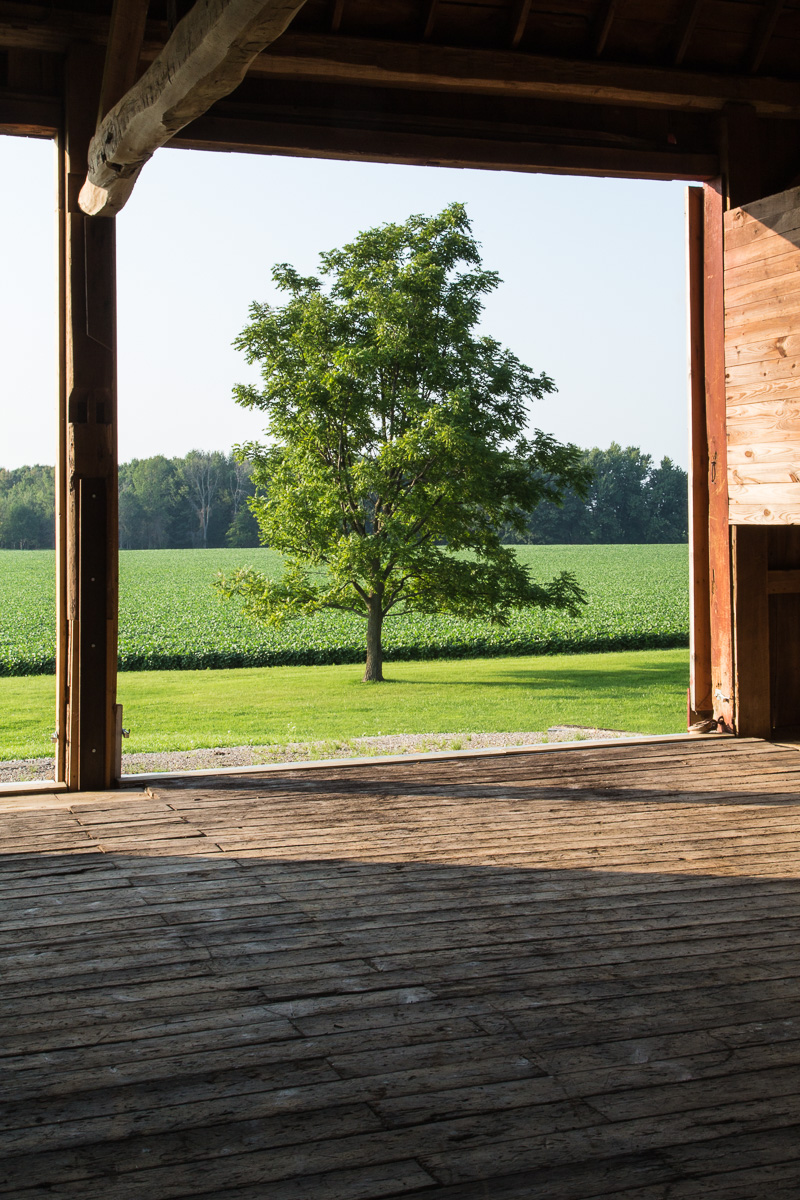Just as we tend to sexualize the swan (see my previous post), we tend to anthropomorphize the tree. Like humans, trees have limbs. We often draw or interpret trees as sentinels with arms held up at attention, maybe as a salute to the land, or as a supplication to the sky. A single tree in a barren landscape becomes a figure of solitude or loneliness. Trees crowded in a forest become a community or a congregation.
We think of old trees as old souls. They may be noble or wise. Photographers love the lines of old bark just as they love the lines on an old face. Some trees live for centuries. Some have stood for as long as Western civilization. In their silent witness, they humble us; they remind us that our aspirations are delusions of grandeur.
But trees are fragile, too. They have evolved to endure so long because the environments where they first took root were stable enough to guarantee their well-being through time. We have disrupted that stability. Even where we haven’t harvested trees for our own needs, we have made it difficult, if not impossible, for most trees to reach their life expectancy.
What a contradiction we are! We invest our trees with noble traits, yet cut them down all the same. Or maybe that’s not such a contradiction. Maybe that’s just the way we do things. I think of the plight of people in Gaza. We invest them with the traits of human beings, but we cut them down all the same.




